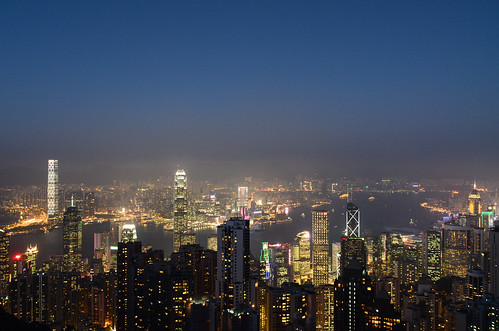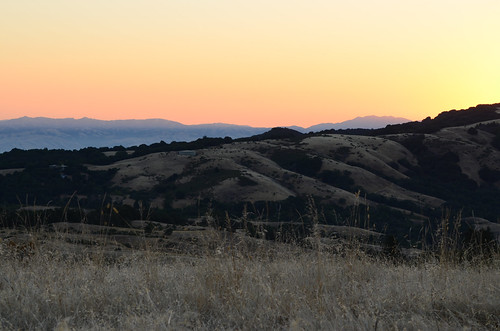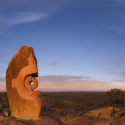The Color Oracle
So I'm actually color blind. Most people who know me also know this, and I always get the same questions over and over: "What color does this look like?" Or, "What color is this?". These aren't the easiest questions to answer all the time, because what I see looks normal to me. Red looks like red, blue looks like blue. The hard part comes in when I have to distinguish a color by its shade. For example, if someone put up something that was carmine, I would say that it was red and not know that it wasn't actually red, but a darker red (for those wondering, I had to look up what pigments of red were on wikipedia). However, if you were to put two swatches next to each other, one of which was red and one of which was carmine, I'm pretty sure that I could tell them apart, especially if there was a sharp line between the two.
The other interesting part is that I can't match colors. So I've always had trouble with picking out clothes, hence my distaste for shopping (for non-electronics items). But that is a different story.
A former co-worker decided to find out more information about color blindness and wanted to see what it looked like for me. My co-worker happened to come across this amazing cross-platform application called the Color Oracle. After running the application on your computer, you can change the entire screen to resemble what a color blind person is seeing. The application simulates three types of color blindness, deuteranopia, protanopia and tritanopia. Wikipedia has some good information on each of them. So back to the Color Oracle. After installing it, if I run it and check out what the three types look like, I'm definitely protanopia. I uploaded two screen shots of my desktop here so you can see how they compare.
The picture on the left is normal vision, while the picture on the right has the protanopia filter turned on. To me, they both look the same. I've been really facinated by this application and have been showing to tons of people. Try it out yourself and let me know how it works for you.





























































